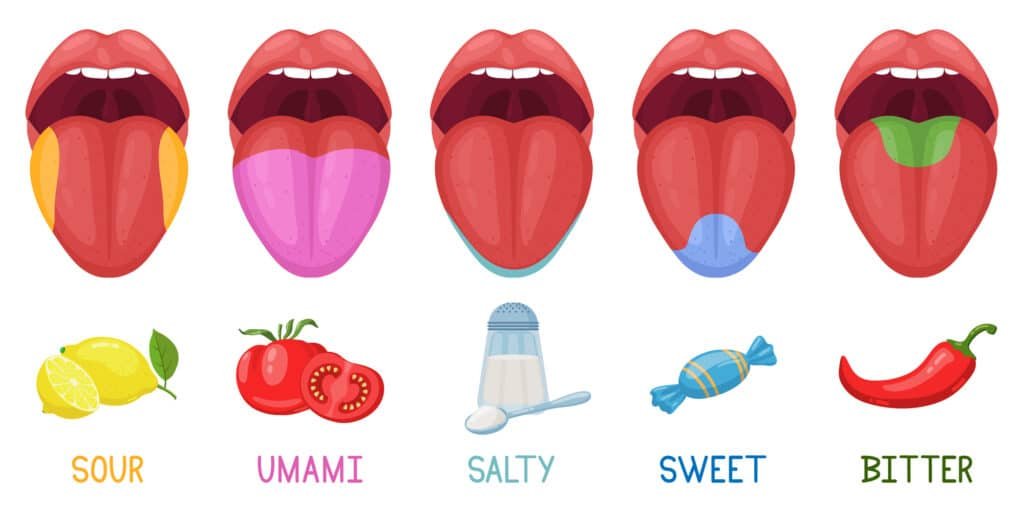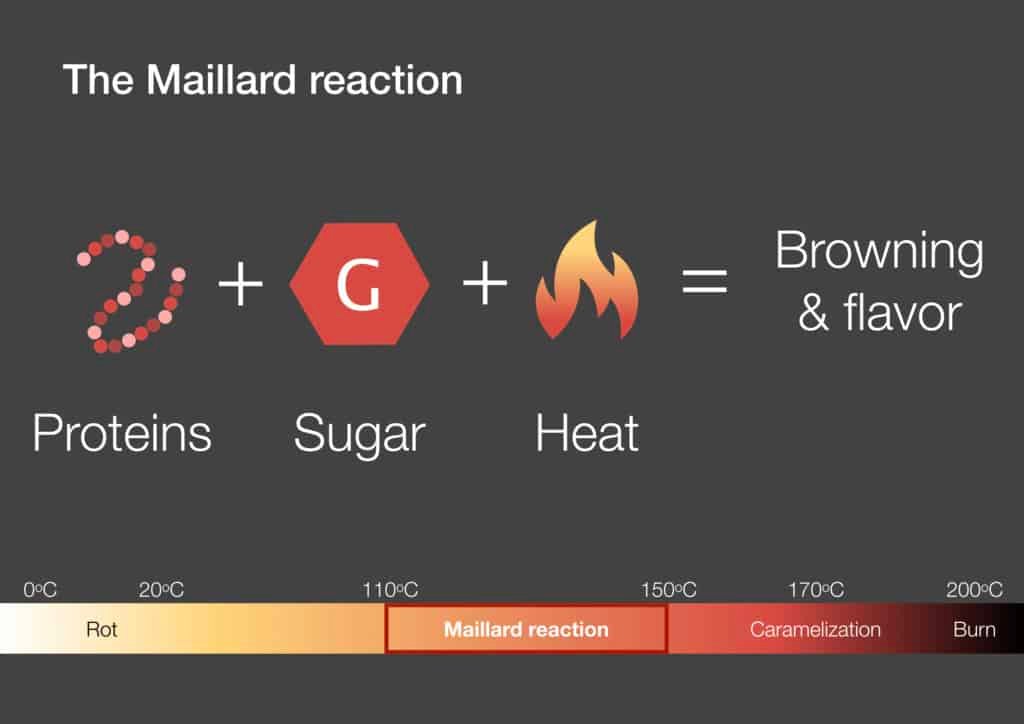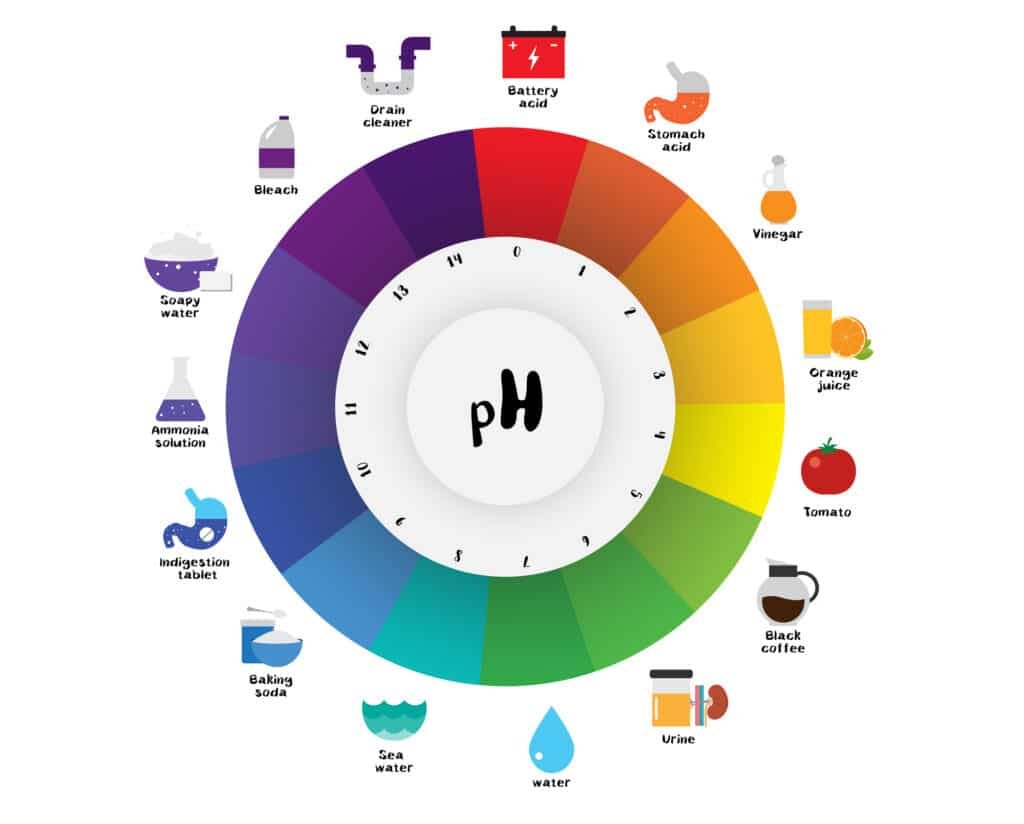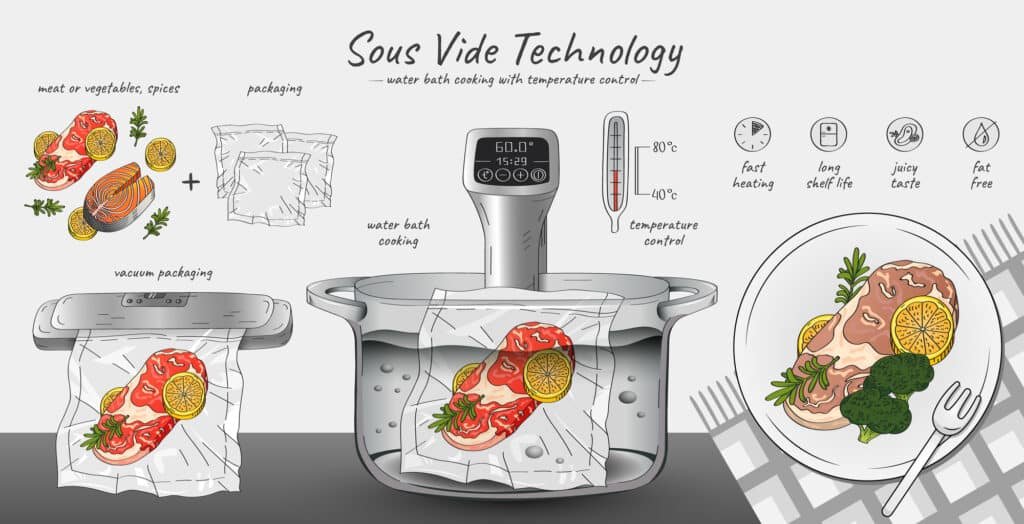Are you curious about the magic that happens when you take a bite of your favorite meal? Well, get ready to have your taste buds tantalized as we unravel the intricate chemistry of flavor. In this blog post, we will explore the fascinating world of molecules and how they interact to create the delicious taste sensations we all love. Prepare to be amazed as we uncover the secrets behind the mouthwatering flavors that make every meal a sensory delight.
Flavor is an essential aspect of the eating experience. It is the combination of taste and aroma that creates the unique sensations we associate with different foods. By understanding the chemistry behind flavor, we can gain a deeper appreciation for the complexity of our favorite dishes and beverages.
Flavor is a sensory perception that results from the interaction between our taste buds and our sense of smell. While taste refers specifically to the five basic tastes – sweet, salty, sour, bitter, and umami – flavor encompasses a more comprehensive experience that includes aroma, texture, and even temperature.
Taste primarily involves the perception of five basic tastes: sweet, salty, sour, bitter, and umami. Our taste buds, located on the tongue, help us distinguish between these tastes. Each taste is associated with specific molecules that interact with taste receptors on our taste buds, triggering neural signals that our brain interprets as taste sensations.

Aroma plays a vital role in flavor perception. Our sense of smell, or the olfactory system, plays a significant role in identifying and differentiating various flavors. Aromas are detected by odor molecules that enter the nasal cavity, where they interact with olfactory receptors. These receptors send signals to the brain, allowing us to perceive and interpret the flavors we encounter.
How does the sense of smell work? Our sense of smell works through the olfactory system, which consists of the nasal cavity, olfactory epithelium, and olfactory receptors. When odor molecules enter the nasal cavity, they bind to the olfactory receptors, triggering a series of chemical reactions that generate electrical signals. These signals are then transmitted to the brain, where they are interpreted as specific smells.
The olfactory system is highly sophisticated and capable of detecting and identifying a wide range of smells. Interestingly, research suggests that our sense of smell is closely linked to our memory and emotions. This connection explains why certain smells can evoke strong emotional responses or trigger vivid memories.
Odor perception and identification are complex processes. Different odor molecules interact with specific olfactory receptors, allowing us to distinguish between various smells. Additionally, our brain combines information from taste and aroma to create a unified perception of flavor.
The chemistry of flavor revolves around various chemical compounds present in the foods we consume. These compounds contribute to the taste, aroma, and overall flavor profile of a particular food or beverage.
The chemical composition of flavor compounds varies greatly depending on the ingredient or food in question. Some flavor compounds are volatile, meaning they easily vaporize and contribute to the aroma of a food. Non-volatile compounds, on the other hand, do not easily vaporize and are responsible for taste sensations.
Key molecules are responsible for specific flavors. For example, the compound capsaicin found in chili peppers gives them their characteristic spiciness. Meanwhile, the compound diacetyl is responsible for the buttery flavor in butter and some dairy products.
Understanding the chemical composition of flavor compounds helps food scientists and flavor chemists recreate and manipulate flavors to enhance food products.

The Maillard reaction is a crucial chemical process that occurs during cooking and plays a significant role in flavor development. Named after the French scientist Louis-Camille Maillard, this reaction involves the reaction between amino acids and reducing sugars when exposed to heat.
The Maillard reaction is responsible for the browning and complex flavors associated with cooked foods. When amino acids and reducing sugars react, a series of chemical reactions occur, resulting in the formation of flavorful compounds, including furans, pyrazines, and Strecker aldehydes.
These flavor compounds contribute to the rich, savory flavors we associate with roasted meats, toasted bread, and other cooked foods. The Maillard reaction is also responsible for the pleasant aromas produced during cooking, which further enhance flavor perception.
Umami is often referred to as the “fifth taste” and is known for its savory, meaty, and full-bodied flavor. The term “umami” comes from the Japanese word for “deliciousness” and was first identified by Japanese chemist Kikunae Ikeda in 1908.
Defining umami can be challenging, but it is generally described as a savory taste that enhances the overall flavor profile of a dish. Umami taste is mainly attributed to the presence of the amino acid glutamate, which is naturally found in various foods, including tomatoes, cheese, mushrooms, and meat.
Umami taste is detected by specific umami receptors located on the taste buds. When glutamate binds to these receptors, it triggers a neural response that our brain interprets as umami flavor.
Umami-enhancing ingredients such as monosodium glutamate (MSG) and nucleotides are commonly used to intensify umami flavors in various cuisines. These ingredients work synergistically with natural umami compounds and can significantly enhance the savory taste of a dish.

The role of pH in flavor perception is often overlooked but crucial. The acidity or alkalinity of a food or beverage can significantly impact how we perceive its taste.
Acidity and alkalinity influence the activity of taste receptors on our taste buds. For example, acidic foods can enhance the perception of sourness, while alkaline foods can reduce the intensity of sourness. Additionally, pH levels can influence the perception of sweetness and bitterness.
Food manufacturers often modulate pH levels in their products to create specific flavor profiles. Adjusting the pH can enhance certain taste sensations or balance flavor components, ultimately affecting our overall perception of taste.
Texture plays a vital role in how we perceive flavor. The way food feels in our mouths can significantly impact our overall enjoyment and interpretation of flavor.
Chemical cues also contribute to texture-related flavor perception. For example, the breakdown of starches in our mouths by enzymes can release sugars, intensifying the perception of sweetness. Additionally, the presence of fats can create a creamy or rich mouthfeel, enhancing the overall flavor experience.
The multisensory perception of flavor is another fascinating aspect related to texture. Research suggests that our perception of flavor is influenced not only by taste and aroma but also by factors such as visual appearance, sound, and even temperature. The integration of these different sensory cues creates a more holistic and robust perception of flavor.
Cooking methods have a profound impact on flavor development in foods. The application of heat and various cooking techniques can result in chemical changes that alter or enhance the flavors of the ingredients.
Cooking can promote the Maillard reaction, resulting in the formation of flavorful compounds that contribute to the overall taste experience. The application of direct heat, such as grilling or roasting, can create caramelization and impart a rich, smoky flavor.
Through cooking, ingredients can undergo chemical transformations. For example, enzymes can break down complex carbohydrates into simpler sugars, intensifying their sweetness. Similarly, heat can cause the breakdown of proteins, releasing amino acids that contribute to umami flavors.
Different cooking techniques, such as slow cooking, braising, or sous-vide, can also affect the texture and tenderness of the ingredients, influencing our perception of flavor. Ultimately, the choice of cooking method plays a crucial role in optimizing and enhancing the flavors of a dish.

Artificial flavors are created using chemical compounds to mimic natural flavors. These flavors are often used in processed foods, beverages, and even pharmaceutical products to recreate desired tastes and aromas.
Creating artificial flavors involves identifying and isolating key molecules responsible for specific flavors. Flavor chemists then recreate these molecules synthetically or extract them from natural sources to formulate artificial flavors. These flavors can be customized and adjusted to achieve the desired taste profile.
Flavor enhancers and modifiers are commonly used in conjunction with artificial flavors to further enhance taste perceptions. These substances can intensify or alter certain flavors, making them more pronounced or changing their characteristics.
Safety considerations are paramount in the development and use of artificial flavors. Regulatory agencies oversee the approval and monitoring of these flavors to ensure their safety for consumption. Rigorous testing and evaluation are conducted to assess any potential health risks associated with artificial flavors, providing consumers with peace of mind.
The field of flavor chemistry is constantly evolving, with ongoing research exploring new frontiers and enhancing our understanding of flavor. Some emerging areas gaining attention include the analysis of flavor compounds in natural ingredients, the role of gut microbiota in flavor perception, and the development of innovative technologies to enhance flavor delivery.
Advances in analytical techniques have revolutionized flavor chemistry. High-resolution mass spectrometry, gas chromatography, and sensory analysis tools allow scientists to identify and characterize flavor compounds more accurately. These advancements enable more detailed understanding of complex flavor profiles and facilitate the creation of more authentic and appealing flavors.
Furthermore, personalized flavor experiences are an exciting area of exploration. As our understanding of individual differences in taste perception deepens, the potential for tailoring flavors to individual preferences becomes increasingly feasible. This personalized approach could revolutionize the way we experience food, allowing for more enjoyable and satisfying culinary adventures.
In conclusion, the chemistry of flavor is a fascinating topic that encompasses the interplay between taste, aroma, texture, and chemical reactions. Understanding the intricate chemistry behind flavor not only deepens our appreciation for the complexity of the sensory experience but also offers possibilities for innovation and enhancement in the culinary world. So next time you savor a delicious meal, take a moment to appreciate the science behind the flavors that bring you joy.